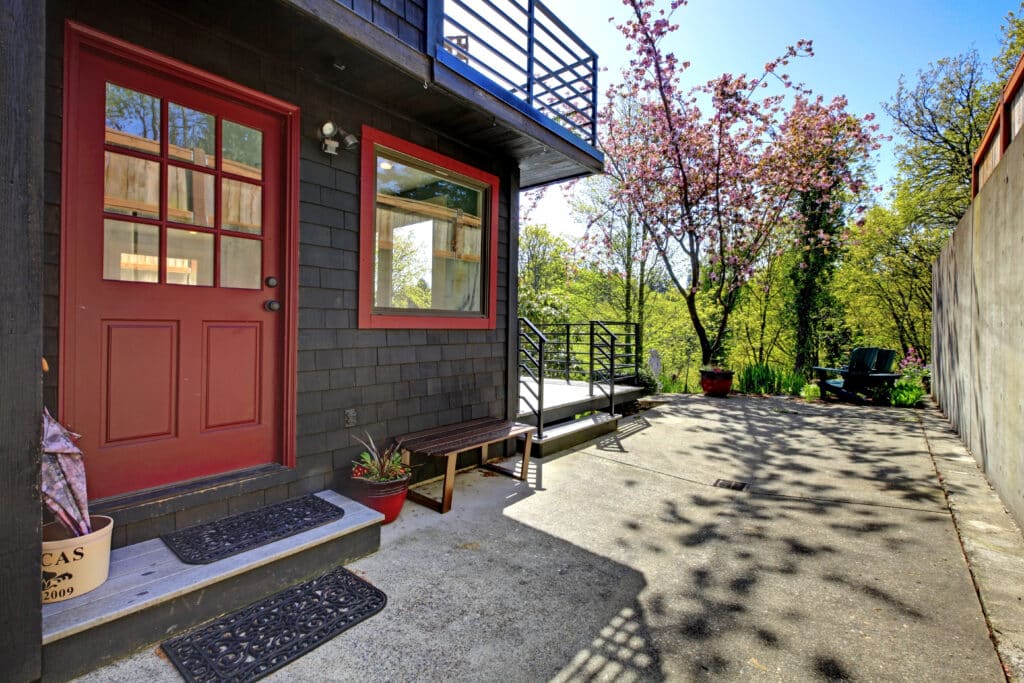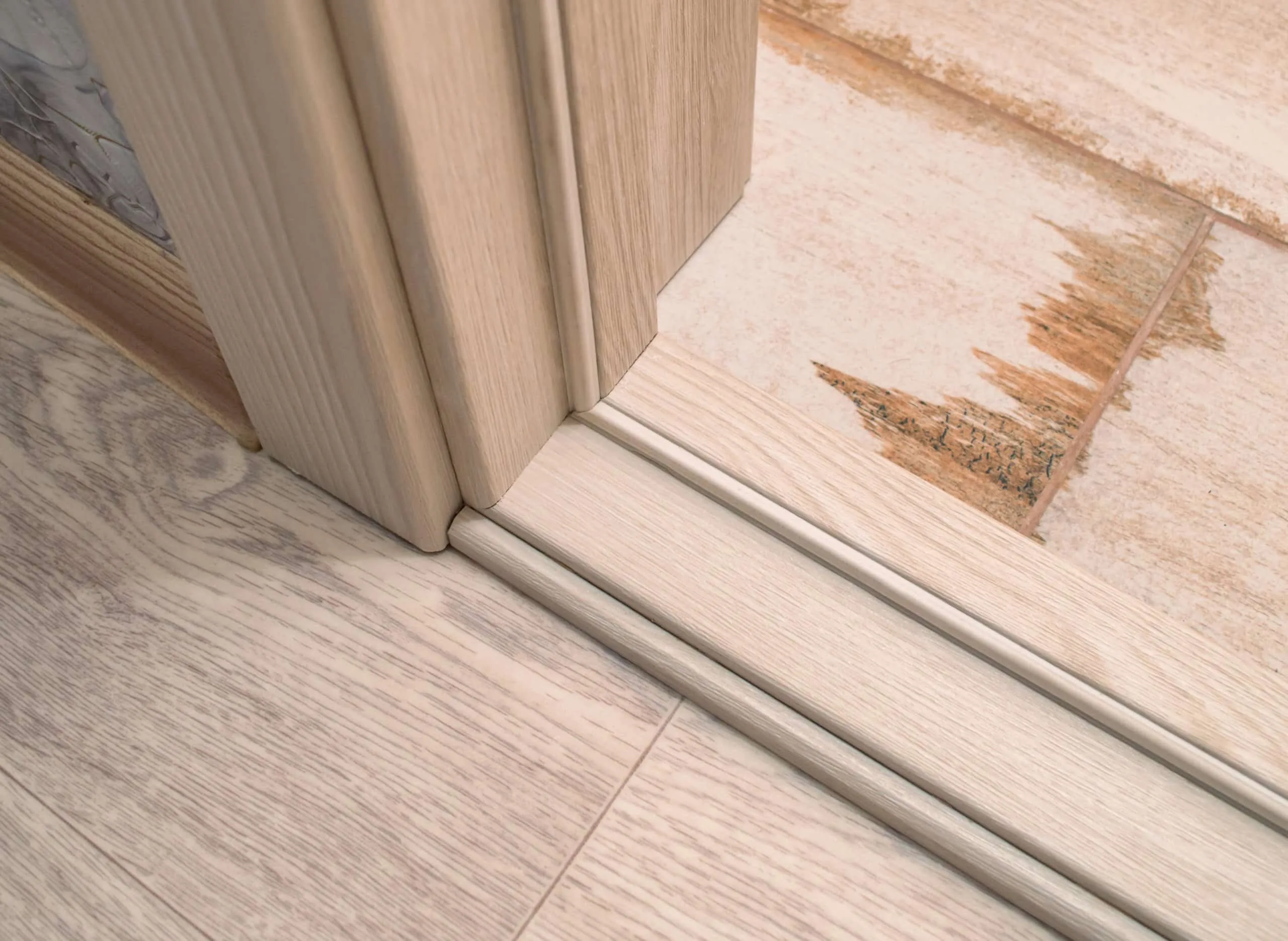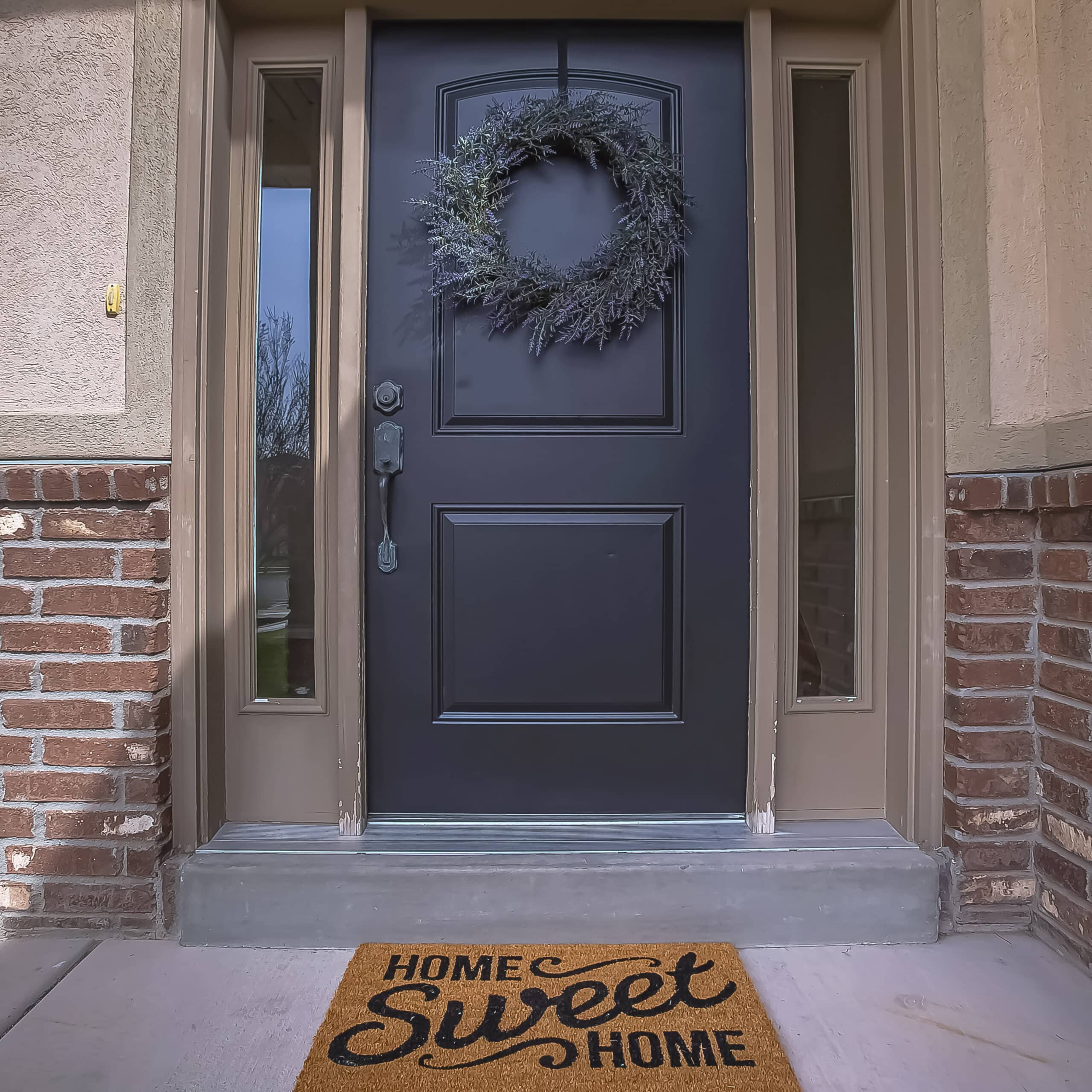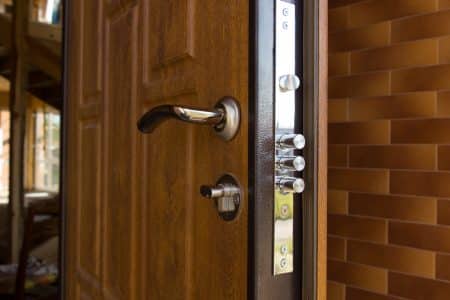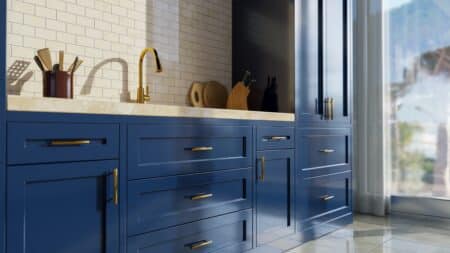When we think about the exterior of our homes, we often focus on aesthetics, landscaping, and paint colors. However, one crucial element that deserves our attention is the exterior door threshold. This seemingly simple component serves multiple purposes that go beyond mere appearance.
The threshold acts as a barrier between the interior and exterior of our homes, providing a transition point that helps to seal off our living spaces from the outside environment. It plays a vital role in preventing drafts, moisture intrusion, and pests from entering our homes, thereby contributing to our overall comfort and safety. Moreover, the threshold is essential for ensuring that our doors function properly.
It provides a stable base for the door to close against, which helps to maintain security and energy efficiency. A well-installed threshold can also enhance the longevity of our doors by reducing wear and tear caused by constant opening and closing. In essence, understanding the purpose of an exterior door threshold allows us to appreciate its significance in maintaining the integrity of our homes while also enhancing their functionality.
The Main Points
- The purpose of an exterior door threshold is to provide a smooth transition between the interior and exterior of a building while also preventing water, air, and pests from entering the building.
- There are various types of exterior door thresholds, including saddle thresholds, bumper thresholds, and interlocking thresholds, each serving different purposes and installation requirements.
- When choosing an exterior door threshold, factors to consider include the climate, level of foot traffic, and the type of door it will be installed with.
- Material options for exterior door thresholds include wood, aluminum, vinyl, and composite materials, each with its own advantages and disadvantages in terms of durability, maintenance, and aesthetics.
- Weatherproofing and insulation considerations for exterior door thresholds are important for energy efficiency and preventing water damage and can be achieved through features such as weatherstripping and thermal breaks.
- Proper installation and maintenance tips for exterior door thresholds include ensuring a proper seal, regular cleaning, and addressing any damage or wear to prolong the lifespan of the threshold.
- Customization and design options for exterior door thresholds allow for personalization and aesthetic enhancement, with options such as custom finishes, colors, and decorative patterns.
- Budgeting and cost considerations for exterior door thresholds should take into account the initial purchase cost, installation expenses, and long-term maintenance and replacement costs.
Types of Exterior Door Thresholds
As we explore the various types of exterior door thresholds available, we find that they come in a range of designs and materials tailored to meet different needs. One common type is the flat threshold, which is often used for standard entry doors. This design is straightforward and easy to install, making it a popular choice for many homeowners.
Flat thresholds are typically made from materials like aluminum or wood and can be found in various finishes to match our home’s aesthetic. Another type we might consider is the raised threshold, which is particularly beneficial for homes in areas prone to flooding or heavy rain. The elevation helps to direct water away from the door, reducing the risk of water damage and mold growth inside our homes.
Additionally, we can find adjustable thresholds that allow us to customize the height according to our specific needs. These thresholds are especially useful for accommodating different flooring types or ensuring a snug fit against the door.
Factors to Consider When Choosing an Exterior Door Threshold
When it comes to selecting the right exterior door threshold for our homes, several factors come into play. First and foremost, we need to consider the climate in which we live. For those of us residing in regions with extreme weather conditions—be it heavy rain, snow, or intense heat—choosing a threshold that can withstand these elements is crucial.
A durable threshold will not only protect our homes from the elements but also save us money on repairs in the long run. Another important factor is the style and design of our home. The threshold should complement the overall aesthetic while also providing functionality.
We should take into account the color, material, and finish of the threshold to ensure it harmonizes with our doors and surrounding architecture. Additionally, we must consider accessibility needs; for instance, if we have family members or guests who use wheelchairs or mobility aids, opting for a low-profile or ramped threshold can make a significant difference in ease of access.
Material Options for Exterior Door Thresholds
| Material | Pros | Cons |
|---|---|---|
| Wood | Natural look, easy to customize | Prone to rot and decay |
| Aluminum | Durable, weather-resistant | Can be expensive |
| Vinyl | Low maintenance, affordable | Not as strong as other materials |
| Composite | Durable, resistant to rot | Can be heavy |
The material we choose for our exterior door threshold can significantly impact its performance and longevity. Wood is a traditional option that offers warmth and natural beauty; however, it requires regular maintenance to prevent rot and warping due to moisture exposure.
These materials are resistant to rust and corrosion, making them ideal for various weather conditions. Vinyl thresholds are another option worth considering. They are lightweight, affordable, and resistant to moisture, making them suitable for humid climates.
Additionally, vinyl thresholds can be found in various colors and styles, allowing us to customize them according to our preferences. Ultimately, the choice of material will depend on our specific needs, budget, and aesthetic preferences.
Weatherproofing and Insulation Considerations for Exterior Door Thresholds
Weatherproofing is a critical aspect of choosing an exterior door threshold that we cannot overlook. A well-sealed threshold can significantly reduce energy loss by preventing drafts from entering our homes. We should look for thresholds that come with built-in weatherstripping or those that allow us to add weather seals easily.
This added layer of protection will help maintain a comfortable indoor temperature while also reducing our energy bills. Insulation is another key consideration when selecting a threshold. Some thresholds are designed with insulating properties that help keep cold air out during winter months and cool air in during summer months.
By investing in a well-insulated threshold, we can enhance our home’s energy efficiency while also contributing to a more sustainable living environment. It’s essential to evaluate the insulation ratings of different thresholds before making a decision.
Installation and Maintenance Tips for Exterior Door Thresholds
Installing an exterior door threshold may seem like a daunting task, but with the right approach, we can tackle it ourselves or hire a professional if needed. Before installation, we should ensure that the area is clean and free from debris. It’s essential to measure accurately to ensure a proper fit; this will help prevent gaps that could lead to drafts or moisture intrusion.
If we choose to install it ourselves, following manufacturer instructions carefully will guide us through the process step by step. Once installed, maintaining our exterior door threshold is crucial for its longevity. Regular inspections will help us identify any signs of wear or damage early on.
We should check for gaps or cracks that may develop over time and address them promptly with appropriate sealants or weatherstripping materials. Additionally, keeping the area around the threshold clean will prevent dirt and debris from accumulating, which can lead to deterioration over time.
Customization and Design Options for Exterior Door Thresholds
Customization is an exciting aspect of choosing an exterior door threshold that allows us to express our personal style while enhancing functionality. Many manufacturers offer a variety of finishes and colors that can complement our home’s exterior design. Whether we prefer a sleek modern look or a more traditional appearance, there are options available to suit our tastes.
In addition to color and finish, we can also explore decorative elements such as engraved patterns or unique shapes that add character to our thresholds. Some homeowners even opt for custom-made thresholds tailored specifically to their door dimensions and design preferences. This level of personalization not only enhances curb appeal but also ensures that our thresholds meet our specific functional needs.
Budgeting and Cost Considerations for Exterior Door Thresholds
As with any home improvement project, budgeting is an essential consideration when selecting an exterior door threshold. The cost can vary significantly based on factors such as material choice, design complexity, and installation requirements. While it may be tempting to opt for the cheapest option available, we should consider the long-term value of investing in a high-quality threshold that will withstand wear and tear over time.
When budgeting for an exterior door threshold, we should also factor in potential installation costs if we choose to hire a professional. It’s wise to obtain multiple quotes from contractors to ensure we’re getting a fair price for their services. Additionally, considering any future maintenance costs associated with different materials will help us make an informed decision that aligns with our financial goals while enhancing our home’s functionality and aesthetic appeal.
In conclusion, understanding the various aspects of exterior door thresholds—from their purpose and types to material options and budgeting—empowers us to make informed decisions that enhance both the functionality and beauty of our homes. By carefully considering these factors, we can select thresholds that not only meet our practical needs but also reflect our personal style and contribute to the overall integrity of our living spaces.
FAQs
What is an exterior door threshold?
An exterior door threshold is a piece of material, typically made of metal or wood, that is installed at the bottom of an exterior door. It serves as a transition between the interior and exterior of a building and helps to create a seal to prevent air, water, and pests from entering the building.
What is the purpose of an exterior door threshold?
The main purpose of an exterior door threshold is to provide a smooth transition between the interior and exterior of a building, while also helping to prevent air, water, and pests from entering the building. It also helps to provide structural support for the door and can improve energy efficiency by reducing drafts.
How is an exterior door threshold installed?
An exterior door threshold is typically installed during the construction or renovation of a building. It is placed at the bottom of the door frame and secured in place using screws or nails. The threshold is then sealed to the floor to create a tight seal.
What materials are exterior door thresholds made of?
Exterior door thresholds are commonly made of metal, such as aluminum or stainless steel, or wood. Some thresholds may also have a rubber or vinyl gasket to provide a better seal against the door.
How do I maintain an exterior door threshold?
To maintain an exterior door threshold, regularly check for any signs of wear or damage, such as cracks or gaps. Clean the threshold regularly to remove dirt and debris, and ensure that the seal is still effective. If the threshold is damaged, it may need to be repaired or replaced.
